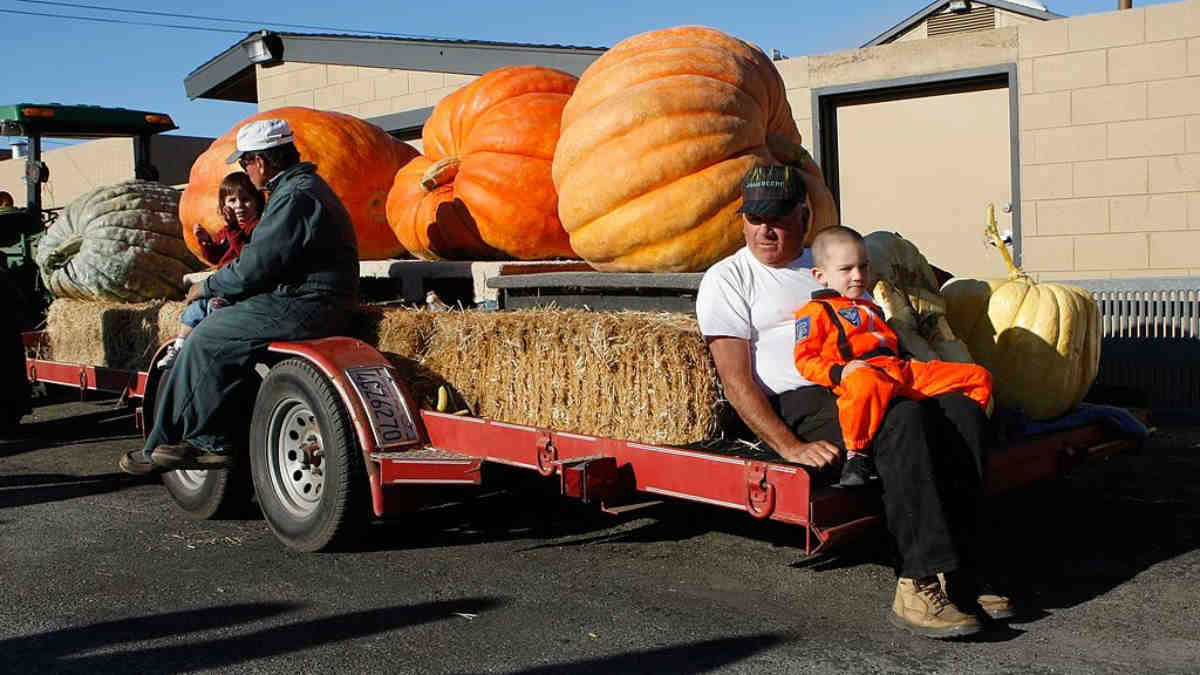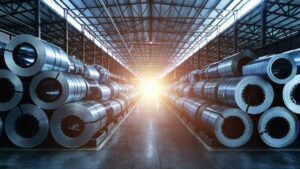FMG’s Q2 results alright, alright, alright, alright as grade discounts widen but iron ore exports hit record

Pic: Getty
Fortescue Metals Group (ASX:FMG) has become better known for its chairman and founder Andrew Forrest’s travels around the globe promoting green energy projects in recent months than what it actually gets paid for.
That’s digging up red dirt in the Pilbara and sending it to all corners of the globe (well, mainly China), where it rakes in billions from steel makers hungry to turn its iron ore into the stuff needed for houses, infrastructure, stovetops and pretty much everything.
There were two major developments on that front in the December quarter for FMG investors, of which there are a lot given it’s one of the most traded stocks on the ASX.
Two of those were pleasing, one not so.
In spite of labour issues resulting from WA’s isolationist border policies, no longer unwinding on February 5 as initially planned, the company shipping a record 47.5Mt in the December quarter and a half year record of 93.1Mt.
That puts it well on track to meet its guidance of 180-185Mt for FY22.
Its major growth project, the 22Mtpa Iron Bridge magnetite mine remains on track to deliver first concentrate in December 2022 as well, despite rumours it could face more delays after seeing persistent increases in cost and time overruns over the past few years.
The US$3.3-3.5 million project, 69% owned by FMG and 31% by Formosa Steel, has seen a number of development milestones, including the start of pre-stripping.
“The project has made excellent progress to date with a continued focus on managing industry cost pressures, supply chain constraints and other challenges associated with the impact of COVID-19,” FMG said.
“As the project ramps up to peak construction workforce numbers, the availability of labour and access to specialist skills remains a key focus.”
Lower grade discount widens
On the other hand, FMG is wearing a growing discount for its lower grade iron ore product as steel mills focus on carbon reduction measures in China.
It made US$74.36/dmt in the December quarter, with its realisation of the 62% Platts Index dropping to 68% from 73% in the prior quarter.
45% of Fortescue’s sales were from its ~58% Fortescue Blend, with 36% coming from its 56.7% Super Special Fines product, generally in line with the September quarter but a combined 10% higher than in the June quarter, when 8% of its sales were in the form of Fortescue Lump.
FMG is still well ahead on margins thanks to its near sector low costs, only challenged by BHP.
Its C1 costs of US$15.31/wmt were roughly unchanged from the previous quarter, with FMG ended the year with US$1.7b new debt.
“The Fortescue team has again delivered an outstanding performance for the first half of FY22 with mining, processing, rail and shipping combining to deliver record second quarter shipments of 47.5 million tonnes, contributing to record performance for a half year of 93.1 million tonnes,” FMG CEO Elizabeth Gaines said.
“Our C1 cost was in line with the previous quarter, reflecting our strong focus on cost management to mitigate inflationary pressures associated with strong demand for labour and resources, as well as supply chain constraints due to COVID-19.
“We are proud of the entire Fortescue family who continue to deliver record operating performance and achieve key project milestones.”
The Platts 62% CFR index averaged US$109.61/dmt in the December quarter but has been much higher so far in 2022, with prices currently at US$132.90/t.
Fortescue Metals Group share price today:
Green energy takes
But y’all don’t wanna hear me, y’all just wanna dance.
And by that I mean hear the shiny green energy buzz.
A lot of that’s already come through with FMG choosing F1 racing team Williams’ high performance battery business to supercharge its 2030 climate ambitions in a US$223m deal this week.
The company spent US$174 million on its green energy business Fortescue Future Industries in the December Quarter,
Its major projects included planning approval for a green energy manufacturing hub in Gladstone, Queensland, in an investment worth up to US$83 million.
FMG also successfully designed and built its own electrolyser and advanced the development of its green fuel and battery powered trains with two new battery locos expected to be delivered to its Pilbara operations in 2023.
Related Topics
UNLOCK INSIGHTS
Discover the untold stories of emerging ASX stocks.
Daily news and expert analysis, it's free to subscribe.
By proceeding, you confirm you understand that we handle personal information in accordance with our Privacy Policy.








